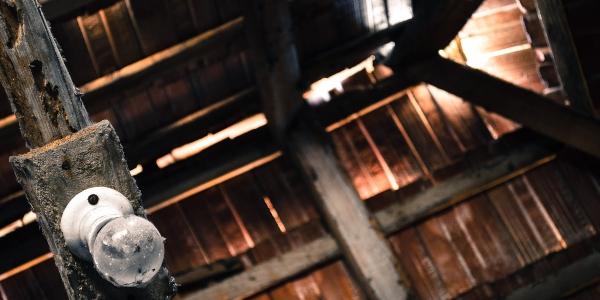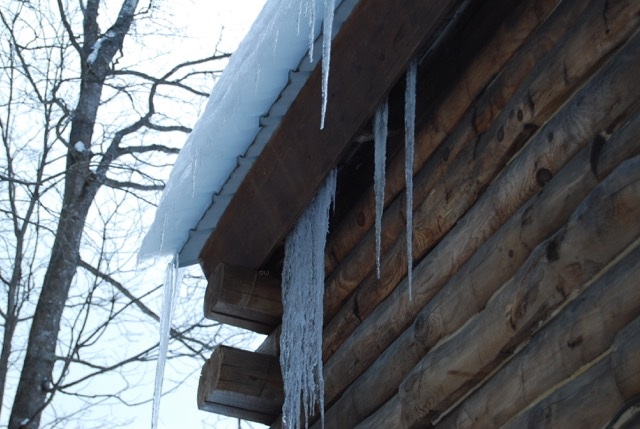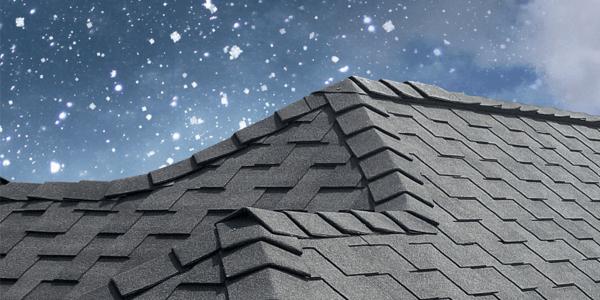4 Ways to Keep Your Attic Mold Free

By Cass Jacoby.
Follow these tips on how to prevent mold from growing in your attic.
When was the last time you ventured into your attic? I am guessing it has been a while. No judgement, most attics are empty spaces, forgotten about until a leak or problem arises. Since attics are so far from our day-to-day thoughts, they easily become a hotbed for mold.
Attic mold won’t typically cause health issues, but that doesn’t mean it is welcome in your home. Especially considering how attic mold usually signals there is a moisture issue in the building, and if left untreated it can mean leaks and deterioration. Here is how to avoid mold in your attic all together.
1 – Repair roof leaks
Following the moisture problem in your attic will commonly lead you to an unattended leak. LifeSavvy says to keep an eye out for missing shingles, discolored rafters or noticeable damage as signs that a leak is present.
You should annually get a professional to inspect your roof as part of maintaining it, that way they can identify the need for any necessary repairs. You should also inspect your roof after severe weather, including heavy snow or wind.
2 – Make sure your attic is properly ventilated
Moisture can destroy your home. Your home accumulates a lot of daily moisture from showers, dishwashers, washing machines, weather, potted plants and other sources. In fact, it is estimated that every day a family of four produces two to four gallons of water vapor from cooking, bathing and laundry. More than a gallon is produced simply from breathing and perspiration.
Over time, if that moist air gets trapped inside your home instead of diffusing, it can cause damage to the roof structure and contents of your attic by fostering mold and mildew. That’s not all — it can also do a real number on your home’s exterior, causing shingles to curl, dangerous ice dams to form, and algae to grow on the roof deck.
HGTV states that the most common cause of attic mold, by far, is blocked or insufficient ventilation of the attic space. Remember reading in Goldilocks, “Not too much, not too little, just right?” Well, this definitely applies to ventilation. Too little intake ventilation for the exhaust vents will starve the airflow causing excessive moisture and heat to damage and prematurely age out your roof.
The key to properly ventilating your home is balance. “If you don’t have at least an equal amount of intake ventilation to balance the exhaust ventilation, then the negative pressure in the attic can suck air from the inside of your home,” according to the experts at Owens Corning. “This means the air you paid to heat or cool inside your home is being pulled into the attic through the ceilings, cracks in the walls, lighting fixtures and/or joints in the framing – making your home uncomfortable, while also wasting energy and money."
To create consistent airflow throughout the attic, intake venting needs to be equal to or greater than exhaust in order for the hot moist air to exhaust out through exhaust vents near or at the top of your roof. A balanced ventilation system with appropriate intake and exhaust will naturally cycle air through the attic, flushing out any moisture from inside your home and ensuring your roof’s long and healthy life.
3 – Insulate your attic properly
Attic insulation plays a crucial role in controlling the temperature and moisture levels in the attic. Adequately insulating your roof means that warmer air won’t get into your attic and that you don’t over insulate so that your roof can reach the right temperature to dry out the moisture in the air. Like ventilation, insulation is a balancing act.
In a cold climate, the attic temperature should match or be close to the outside air temperature. Ensuring your attic floor is insulated correctly can reduce the air transfer between the living area and the attic.
4 – Inspect your attic regularly
It is a good idea to keep an eye on your attic to make sure you don’t miss leaks, moisture problems or mold growth. The sooner you catch a problem, the easier it will be to fix it, and the best roof care is always preventative! Mold Help For You recommends inspecting your attic four times a year. Signs to look for include black or dark green spots, a musty smell or discolored wood.
Beating mold in your attic
With proper care and attention you can prevent mold from growing in your attic. When your attic is clean, clutter-free and well ventilated, mold will have a more difficult time setting up shop. Should you find mold, make sure that you hire a professional to clean it and make necessary repairs to prevent it from returning.
Have a question? AskARoofer.
Find your local roofing contractor in the RoofersCoffeeShop® Contractor Directory.
About Cass
Cass works as a reporter/writer for RoofersCoffeeShop, MetalCoffeeShop and AskARoofer. When she isn’t writing about roofs, she is writing about movies for her master's degree and dancing with her plants.










Comments
Leave a Reply
Have an account? Login to leave a comment!
Sign In